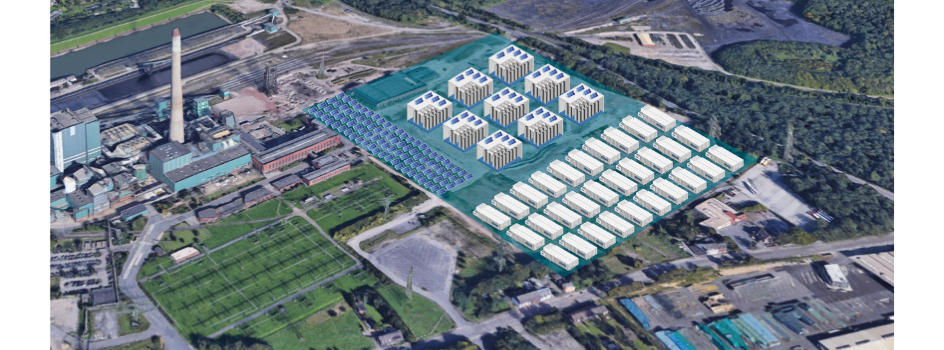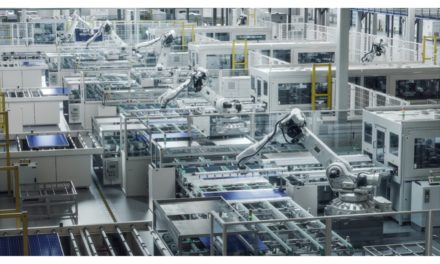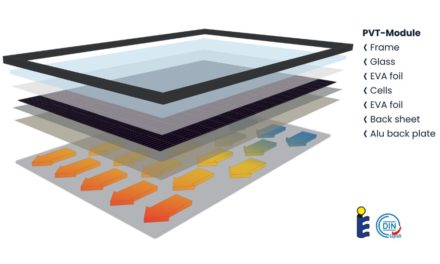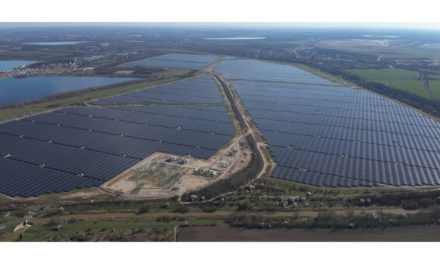German energy projects developer and power utility Steag GmbH along with steel producer thyssenkrupp Steel Europe and thyssenkrupp Uhde Chlorine Engineers plan to set up a 500 MW hydrogen electrolysis plant to help decarbonize steel production in Duisburg, Germany.
Solar is among the renewable energy technologies that will be deployed to power this electrolysis project dubbed HydrOxy Hub Walsum. Thyssenkrupp Uhde has up to 1 GW of electrolysis production capacity, which it produces with its strategic supplier and joint venture partner De Nora. In June 2020, the company said there are plans to continuously extend this capacity in the future.
The trio claim knowledge gained with this project will provide key impetus to enable climate-neutral steel production throughout Europe on an industrial scale in the medium and long term.
“In this sense, the planned 500 MW electrolysis facility in Duisburg, the largest steel location in the EU, is indisputably an important project of common European interest–in short, an IPCEI,” said Dr. Ralf Schiele, responsible within the STEAG management for the Market and Technology divisions.
All 3 partners are seeking the project to be recognized as an Important Project of Common European interest (IPCEI) along with related investment aid from federal and state funds. They confirm, however, that even though the IPCEI funding is a key component in the investment decision, implementation of the project is not solely dependent on this.
“Irrespective of the outcome of the proceedings, the project partners are continuing to press ahead with the feasibility study for the project,” added HydrOxy Hub Walsum Project Manager Kevin Galle. “This provides the basis for the rapid implementation of a beacon project in the energy and industrial transition, thus securing qualified industrial jobs.”
Steag said the partners are open to other investors joining them in the project that’s targeted to be grid connected and start producing green hydrogen as early as 2025.
In September 2020, Siemens contracted WUN H2 to build renewable energy powered hydrogen production plant in Germany, calling it one among largest such projects in the country (see Siemens Plans Renewable Hydrogen Project In Germany).
A consortium of 30 European companies, in February 2021, announced the launch of Green Hydrogen Initiative aiming for 95 GW solar and 67 GW electrolysis capacity by 2030 with a target to deliver 100% green hydrogen across Europe for €1.5 per kg (see 95 GW Solar & 67 GW Electrolysis By 2030).















